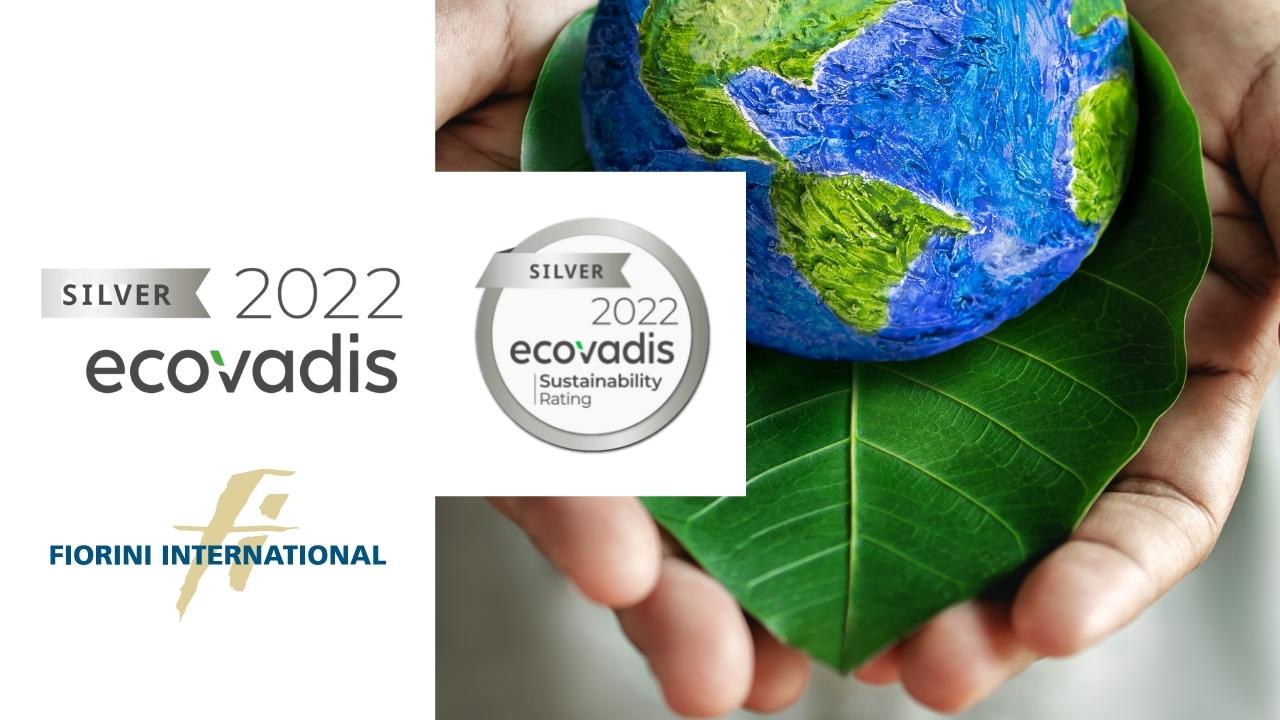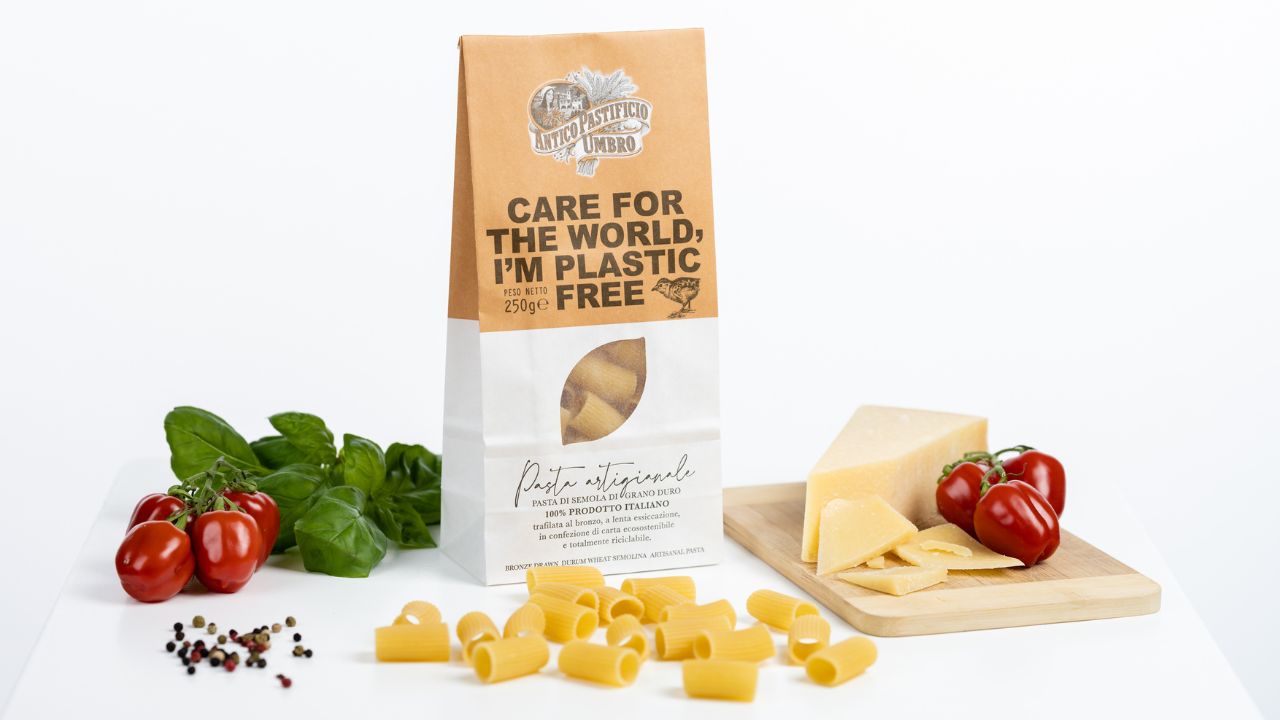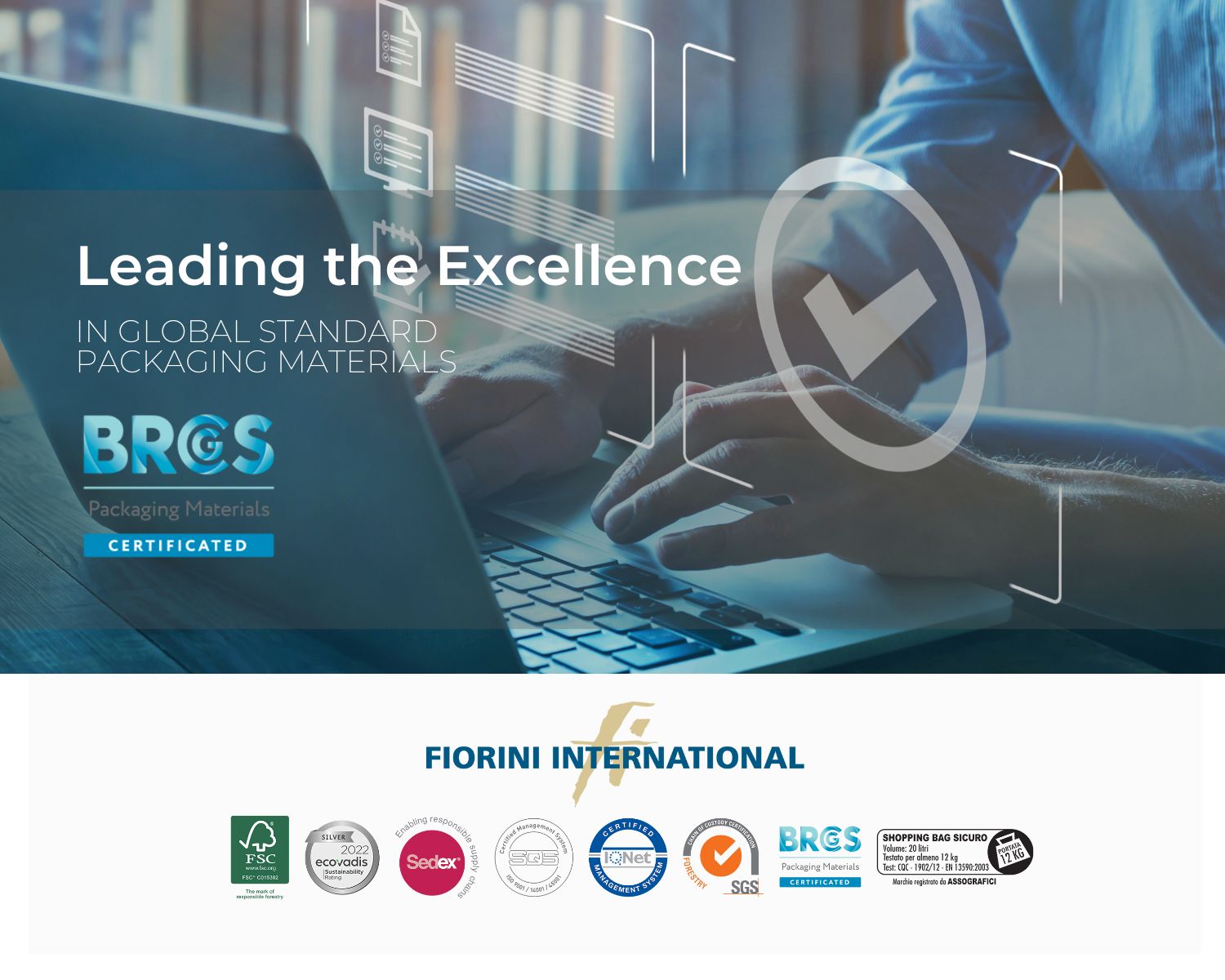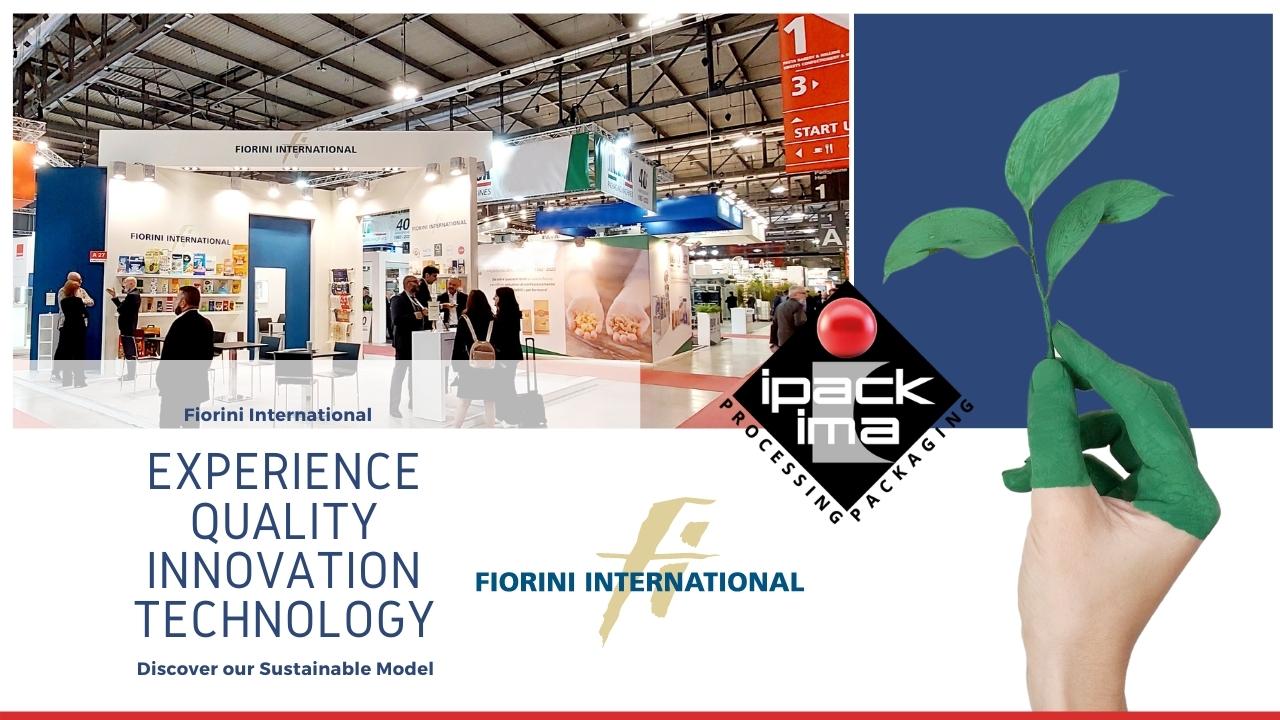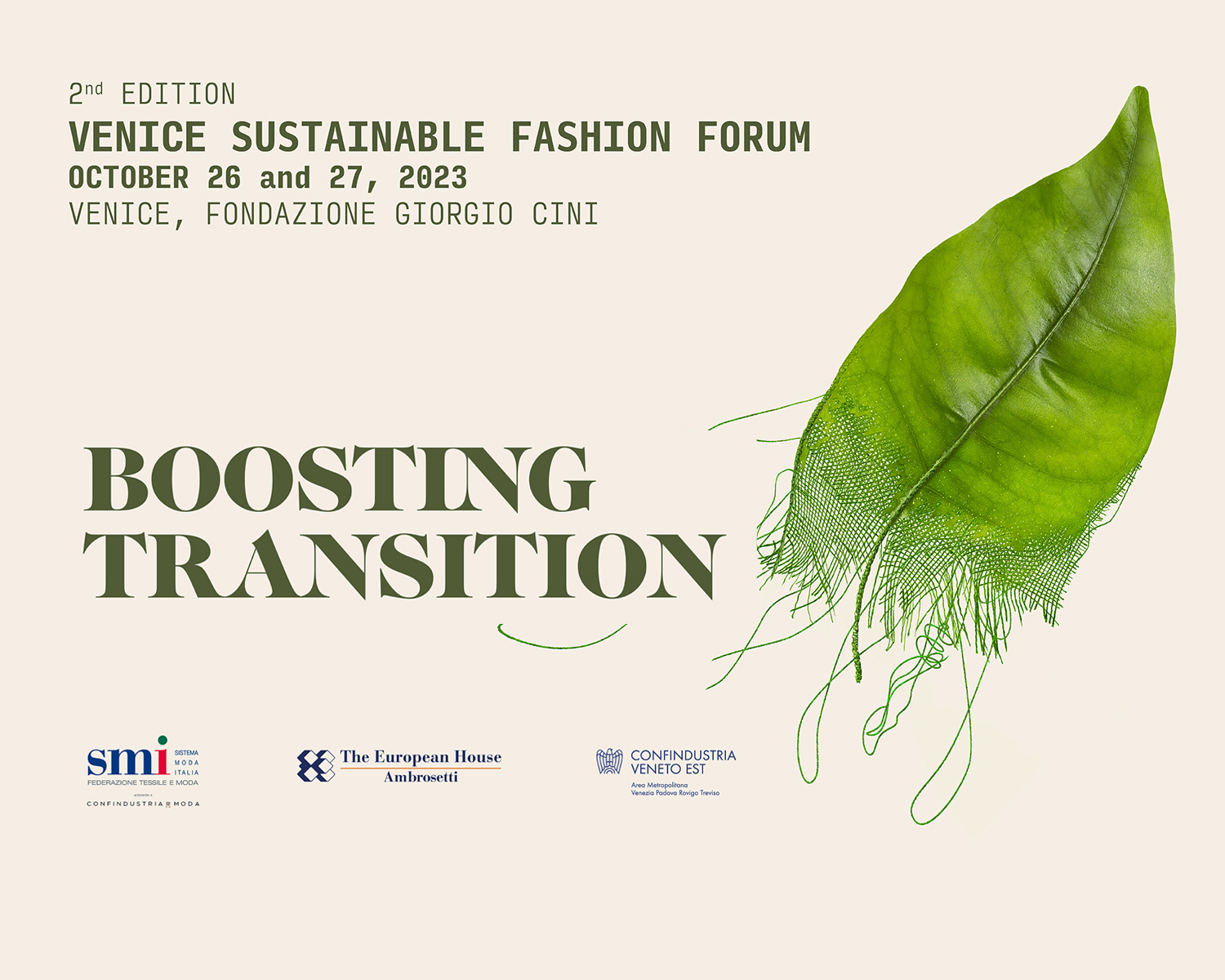Our mission is to provide new sustainable packaging solutions respecting environment and people. Thanks to our experience on paper packaging and to the knowledge of the fashion supply chain, we have designed the new transparent paper bag, finalist at Best Packaging Award 2024, by Istituto Italiano Imballaggio. Designed with a focus on fashion and textile industries, the 100% transparent paper bag is the sustainable and natural alternative to plastic polybags: it fits many business segments by performing all the logistic and protective functions specific of secondary packaging, which is not visible but exists and it is responsible for huge amounts of plastic waste, especially in the fashion and textile industry. If we consider that around 200 billion polybags are annually used to store, transport and protect clothing, footwear and accessories, and that less than 15% of those are recycled properly, the immediate benefit would be the elimination of 200,000 tonnes of plastic (considering the average weight of a polybag to be around 1 gr). The peel-and-stick glue guarantees an easy reclosing, enabling the reuse of the bag and the extension of the life cycle. Moreover the adhesive closure strip eliminates the use of additional adhesive tapes, simplifying recycling activities. R&D team has selected Cristal™ Transparent, by Ahlstrom paper mill, as the best kind of paper for this usage: FSC® C015302 certified, it guarantees the responsible management of forests and the traceability of forestry products along the entire life cycle. The inks used are exclusively water-based as a safe and sustainable printing solution that reduces VOC emissions to zero, ensuring consistent communication of values and enhancing brand image. Designed with a focus on fashion and textile industries, it fits many business segments by performing all the logistic and protective functions specific of secondary packaging, which is not visible but exists and it is responsible for huge amounts of plastic waste, especially in the fashion and textile industry.






